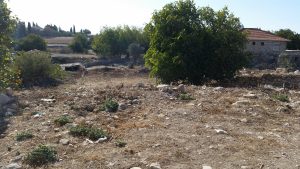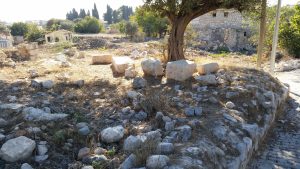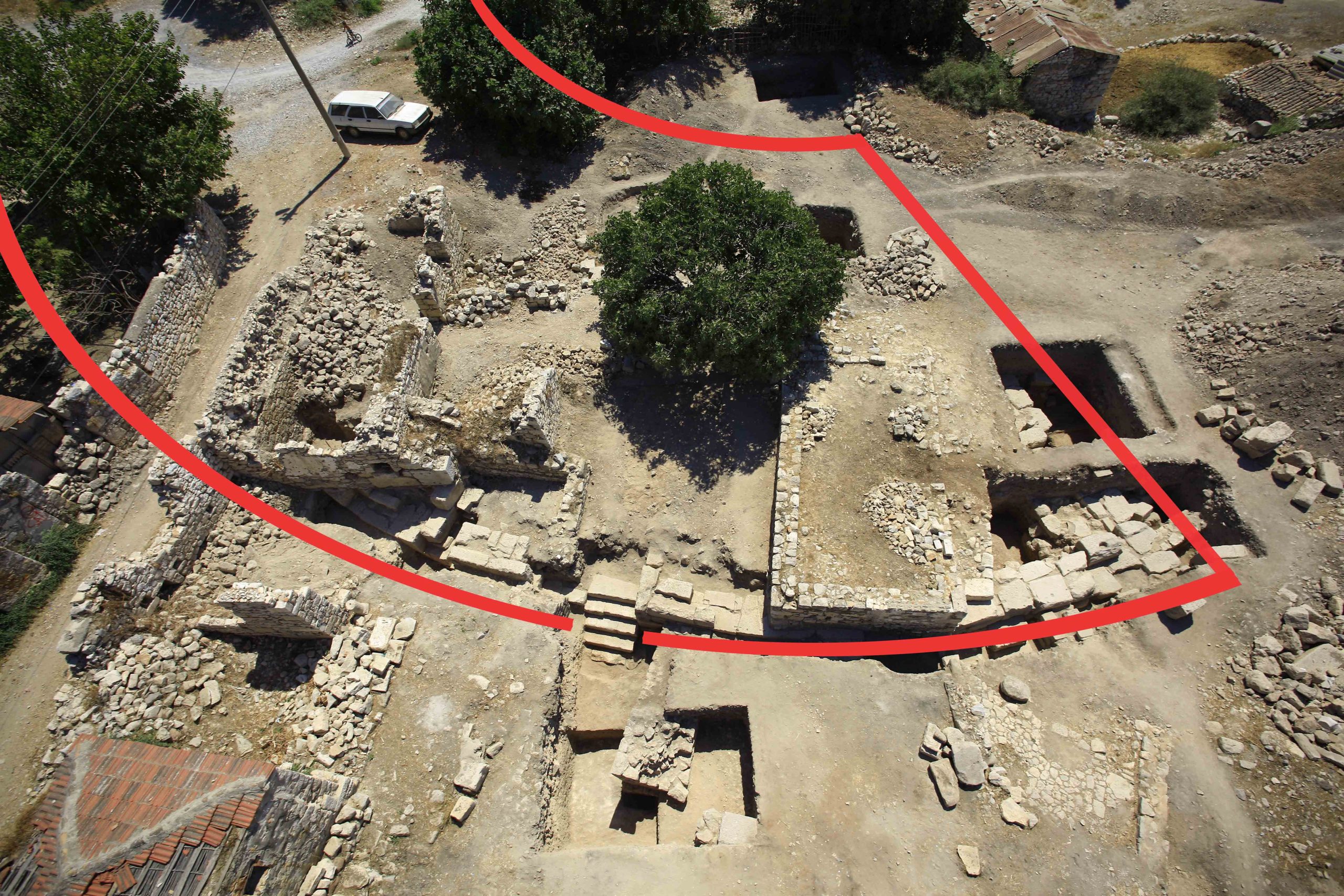Glenn Maffia continues his archaeological travel through the Apollo Temple site
I RECALL the moment with absolute clarity. I was sitting in a friend’s restaurant adjacent to the Temple when one of the archaeologists we knew came walking along the road (still dodging the heavy traffic in those days) with the broadest smile etched upon his face. “We have found the Theatre!” he exclaimed.
Sizzling news in sizzling heat
I visited early the following morning at 7 o’clock so as to miss the blistering heat of the August day, and 2012 was an especially hot one.
I had not known the archaeologists for long at that particular time and thus felt it somewhat impertinent to start taking photos of their discovery, much to my chagrin now.

Though I was shown around with an excellent explanation of pertinent points of the structure; the front row seating in the auditorium, the stairwells leading from the ‘vomitorium’ (entrance and exit points) and the approximate size and capacity of the theatre.
Geography beneath the surface
As with the Byzantine Chapel I covered a fortnight ago, the theatre has, in line with archaeological practice, been re-interred for its protection from the natural elements and, more cuttingly, unscrupulous human elements.
Therefore, a brief written sketch to help your imagination is certainly in order. One can discern the natural slope of a hill a little to the south of the present day perimeter of the Temple wall, just after the Oracle Pansion, along the alignment of the Temple..
Though the archaeologists did have permission to excavate this area, which whilst still standing waste is ‘privately’ owned, they relayed the news that the Turkish Ministry of Culture and Tourism later informed them that they would no longer be allowed to excavate any private land in the vicinity of the Temple.
The theatre’s size is similar to that found at Priene today, therefore holding in the region of maybe 5000 spectators.
From a spectator viewpoint it faced in the direction of Poseidon Point on the coast (where Aquasis hotel is located), which would have enabled the sea breezes to aid an acoustic ingredient to assist the projection of the actor’s/recitalist’s voice, with the added benefit of helping to cool the spectators.
From tiny grove to pure theatre
Most certainly the theatre would have put on plays at various times, though the main feature at the Festival of Apollo (Didymeia) would have been oratory and poetic competitions, sometimes with the added accompaniment of music.

Though this was not always the case, for there is written evidence that some of these productions were performed at the vast theatre at Miletus, at least in the early period.
This obviously alludes to there not being a theatre at Didyma at all for some considerable length of time.
While as the theatre discovered at Didyma has been dated, provisionally, to the 1st century CE it is entirely feasible that the transference of the events to Didyma took place only during the Roman era. Though we need to do much more archaeology to clearly identify that being the case, which cannot be forthcoming with the present restrictions imposed.
There is no doubt that a religious procession from Miletus to Didyma had always occurred from the instigation of the original site of Apollo’s sacred grove and spring at Didyma, 8th century BCE. Though, in typical human fashion, these religious rites were slowly evolved to embrace embellishments which made them all the more alluring to the intellectually expanding population.
